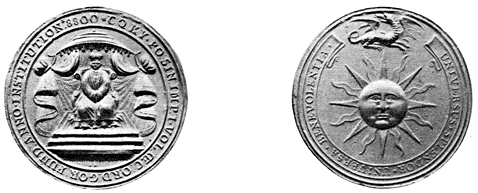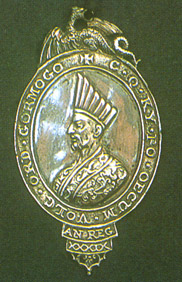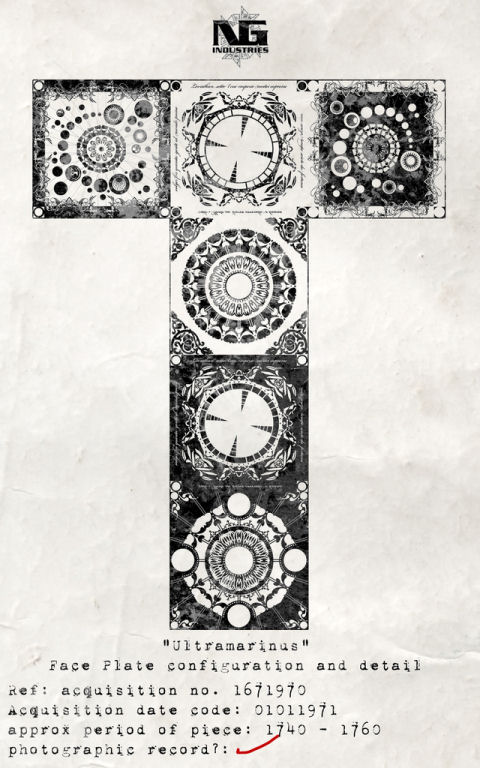As the fiftieth anniversary of the JFK murder conspiracy nears, it's worth remembering facts that the mainstream control media will never state. Many of the ignorant lumpen journalists are too stupid to even process such information, but here it is:
1. even the corrupt US government's official position from senate investigations is that JFK was murdered by a conspiracy.
2. acoustic, ballistic and computer analysis evidence all establish multiple shots by two or more shooters.
3. regardless of which actual shooter shot from where, there is a clear pattern of opportunities around the killing ground where JFK was shot, and there are witnesses to shooters leaving the area.
4. there are witnesses to out of place oswalds (OOPOs) indicating that the common intel practice of using doubles had been employed for Oswald. This indicates he is a patsy not an assassin.
5. there are many more witnesses to Oswald NOT being in place as an assassin. There are no witnesses placing him at the window where it is claimed he shot.
6. evidence was tampered with immediately after the murder. This also indicates conspiracy.
7. JFK was shot from the front, with a strike to his throat by either a small calibre bullet, a flechette, or a dart.
8. JFK was shot from behind and from in front with virtually simultaneous shots to the head.
9. there is photographic evidence of a shooter at the grassy knoll. This evidence is corroborative with eyewitness testimony from multiple directions.
10. Oswald was a FBI informant, a paid CIA asset and a trained linguist who was part of James Jesus Angleton's disastrous Returned Defector programme.











